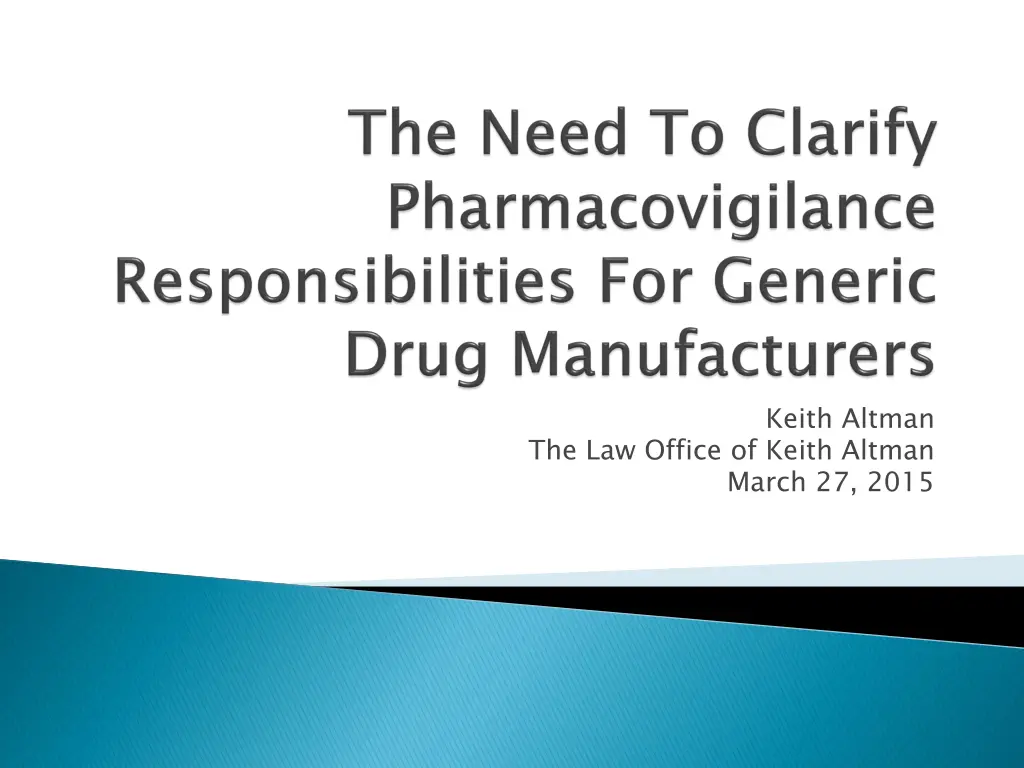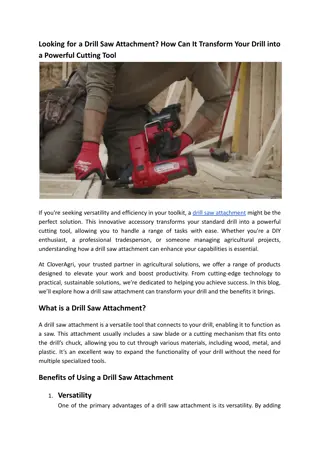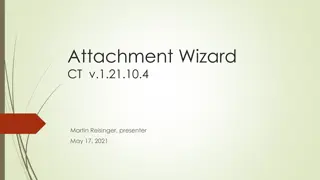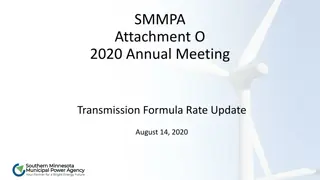
Generic Drug Safety and Pharmacovigilance Regulations Overview
Explore the importance of pharmacovigilance in generic drug manufacturing, the need for aligning standards with innovators, and the impact on patient safety. Learn why clarifying FDA expectations is crucial for effective regulation changes.
Download Presentation

Please find below an Image/Link to download the presentation.
The content on the website is provided AS IS for your information and personal use only. It may not be sold, licensed, or shared on other websites without obtaining consent from the author. If you encounter any issues during the download, it is possible that the publisher has removed the file from their server.
You are allowed to download the files provided on this website for personal or commercial use, subject to the condition that they are used lawfully. All files are the property of their respective owners.
The content on the website is provided AS IS for your information and personal use only. It may not be sold, licensed, or shared on other websites without obtaining consent from the author.
E N D
Presentation Transcript
Keith Altman The Law Office of Keith Altman March 27, 2015
Given that the majority of prescriptions for many drugs are filled with generics, it is important that generic manufacturers have the same obligations to conduct pharmacovigilance and update product labeling when appropriate. A failure to hold generics to the same standards with threaten the safety of those that have no choice but to use generic medications. The proposed rule as written will substantially enhance patient safety. Keith Altman 2 3/27/2015
Pharmacovigilance is the source of any labeling change. Manufacturers must make sensible use of the available information in conducting pharmacovigilance. Without adequate pharmacovigilance, signals may be missed. Missed signals will lead to missed opportunities to enhance the package insert and medication guide. Keith Altman 3 3/27/2015
Generic manufacturers must conduct pharmacovigilance under the existing rules. Because generic manufacturers cannot change the label, there is no incentive for the companies to do anything more than collect and report adverse events. This is not pharmacovigilance. At their disposal is FAERS which provides useful information at no cost. Keith Altman 4 3/27/2015
A given generic manufacturer may only receive a small portion of the adverse event reports for a given drug. If pharmacovigilance by a generic manufacturer is limited to just the reports they receive, it is highly likely they will never see a safety signal. If generic manufacturers are held to the same standards as the innovators as proposed, it is crucial that FDA clarify what is expected with respect to pharmacovigilance. The proposed changes to the regulations will be less effective in the absence of clarification of pharmacovigilance requirement already in place. Keith Altman 5 3/27/2015
Once a generic version of the drug is introduced, a disproportionate number of reports come from the innovator. Any given generic manufacturer receives a small number of the adverse event reports. Keith Altman 6 3/27/2015
Sample of drugs selected Limited to AERS era (post 11/1997) Searched for trade names and generic ingredients Use date of the last best case as reference date Limited to where drug was primary suspect Keith Altman 7 3/27/2015
Accutane (isotretinoin) Generic reports start ~ 2003 Neurontin (gabapentin) Generic reports start ~ 2005 Xanax (alprazolam) Generic reports start <1998 Zocor (simvastatin) Generic reports start ~ 2005 Keith Altman 8 3/27/2015
Year Year Manufacturer Manufacturer Reports Reports Reports (All) Reports (All) PCT PCT 2010 ROCHE 1761 2653 66.38% 2010 TEVA 386 2653 14.55% 2010 RANBAXY 270 2653 10.18% 2010 MYLAN 236 2653 8.90% Keith Altman 9 3/27/2015
Year Year Manufacturer Manufacturer Reports Reports Reports Reports (All) (All) PCT PCT 2009 Manufacturer 295 485 60.82% 2009 RANBAXY 70 485 14.43% 2009 ACTAVIS 42 485 8.66% 2009 TEVA 21 485 4.33% 2009 AUROBINDO 17 485 3.51% 2009 WATSON 15 485 3.09% 2009 SANDOZ 11 485 2.27% 2009 APOTEX 11 485 2.27% 2009 MYLAN 2 485 0.41% 2009 GLENMARK 1 485 0.21% Keith Altman 10 3/27/2015
Year Year Manufacturer Manufacturer Reports Reports Reports (All) Reports (All) PCT PCT 2010 PFIZER 905 1348 67.14% 2010 IMPAX 121 1348 8.98% 2010 PAR 117 1348 8.68% 2010 UCB 111 1348 8.23% 2010 MYLAN 50 1348 3.71% 2010 SANDOZ 15 1348 1.11% 2010 ACTAVIS 9 1348 0.67% 2010 WATSON 6 1348 0.45% 2010 ROXANE 5 1348 0.37% 2010 TEVA 4 1348 0.30% 2010 MISC 3 1348 0.22% 2010 COREPHARMA 1 1348 0.07% 2010 APOTEX 1 1348 0.07% Keith Altman 11 3/27/2015
Year Year Manufacturer Manufacturer Reports Reports Reports (All) Reports (All) PCT PCT 2010 MERCK 412 1245 33.09% 2010 RANBAXY 171 1245 13.73% 2010 AUROBINDO 164 1245 13.17% 2010 WATSON 132 1245 10.60% 2010 ACCORD 84 1245 6.75% 2010 LUPIN 80 1245 6.43% 2010 SANDOZ 67 1245 5.38% 2010 TEVA 64 1245 5.14% 2010 MYLAN 44 1245 3.53% 2010 MISC 20 1245 1.61% 2010 DR REDDYS 7 1245 0.56% Keith Altman 12 3/27/2015
FDA should clarify that all manufacturers of a particular drug must review all of the adverse event reports regardless of manufacturer. FDA should further clarify that all manufacturers must monitor the scientific literature. This can be achieved in part through the use of FAERS. A simple laptop and creativity can go a long way in pharmacovigilance. Keith Altman 13 3/27/2015
Keith Altman The Law Office of Keith Altman 32250 Calle Avella Temecula, CA 92592 516-456-5885 kaltman@lawampmmt.com






















